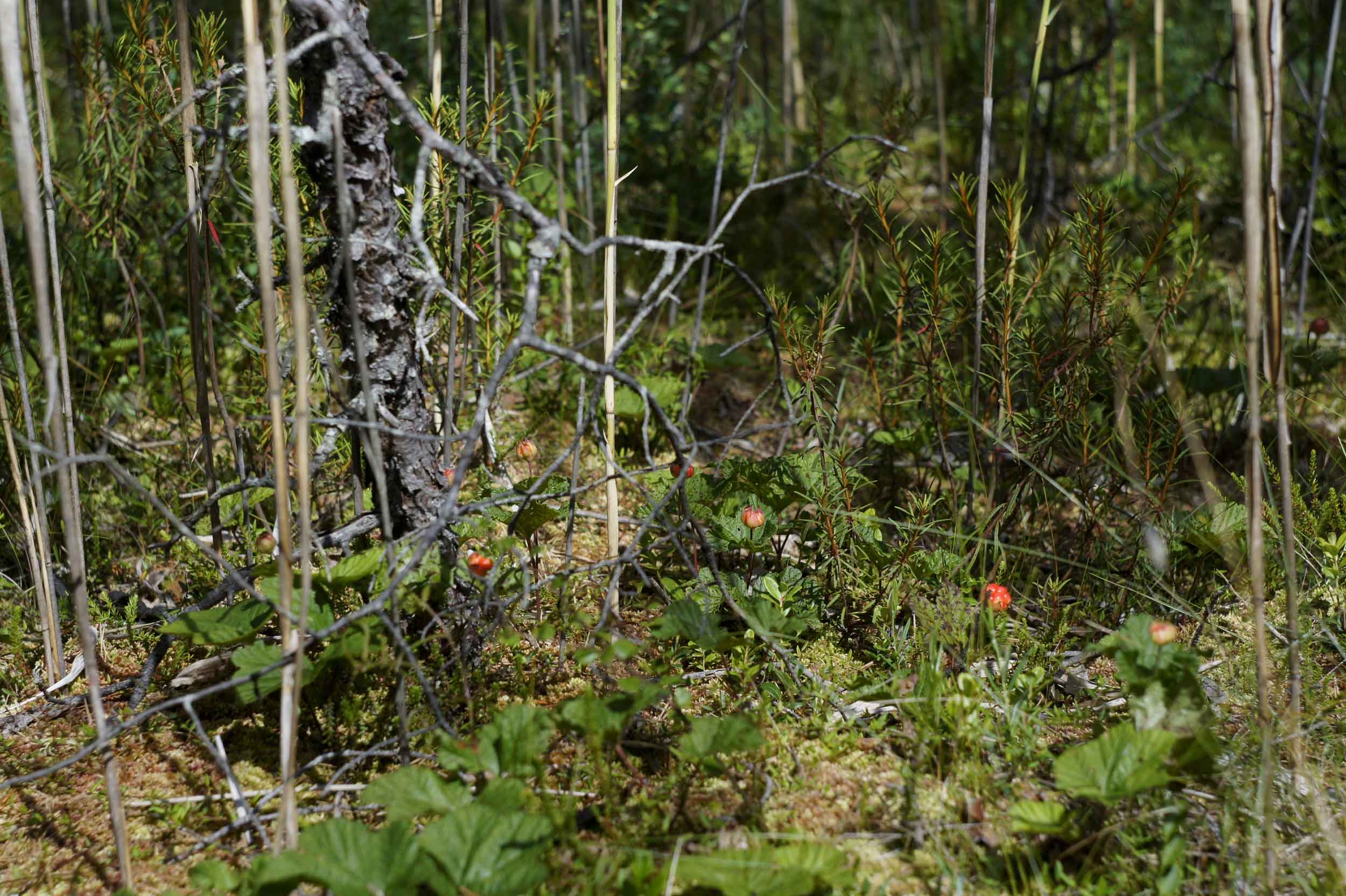Seto regilaule – seto leelot – iseloomustab unikaalne arhailine mitmehäälsus ja pikemad viisid, mis sunnivad pikendama regilauluvärssi lisasilpide ja korduste abil. Tundub, et regilaulutraditsioon on siin kohtunud omapärase muusikatraditsiooniga, mida seto laulu uurija Žanna Pärtlas on seostanud kas soomeugrilaste või muude rahvastega, kes on elanud seto aladest ida pool esimesel aastatuhandel pKr, enne viikingi-slaavi ekspansiooni.

Seto songs (from the South-Eastern corner of Estonia) have a unique and ancient type of polyphony with longer melodies, demanding extra syllables and repetitions to lengthen the verse. It seems that the runosong tradition has met here with a specific music tradition, which researcher of Seto singing culture Žanna Pärtlas has connected to that of either Finno-Ugric or other peoples living eastwards of the Seto area during the first millennium CE, before the viking-Slavic expansion.